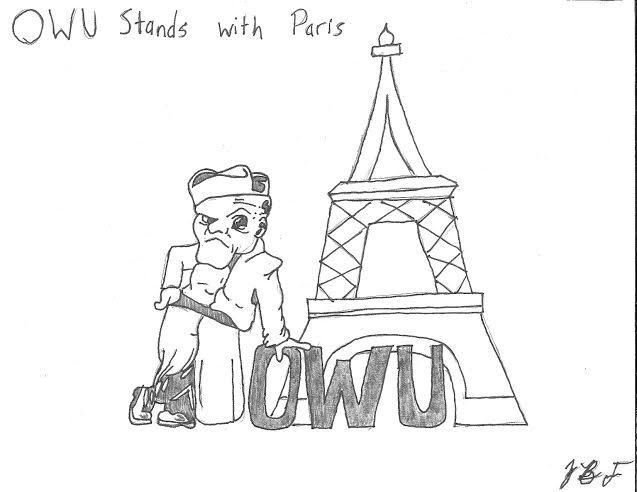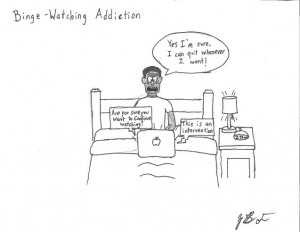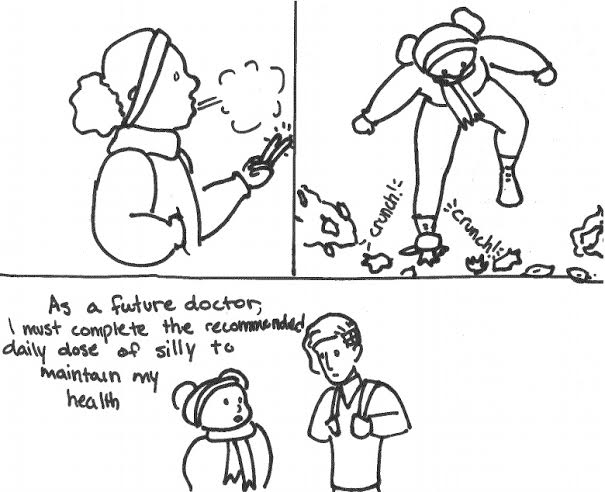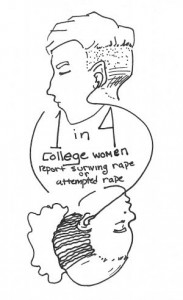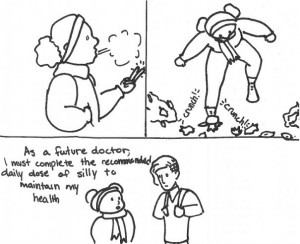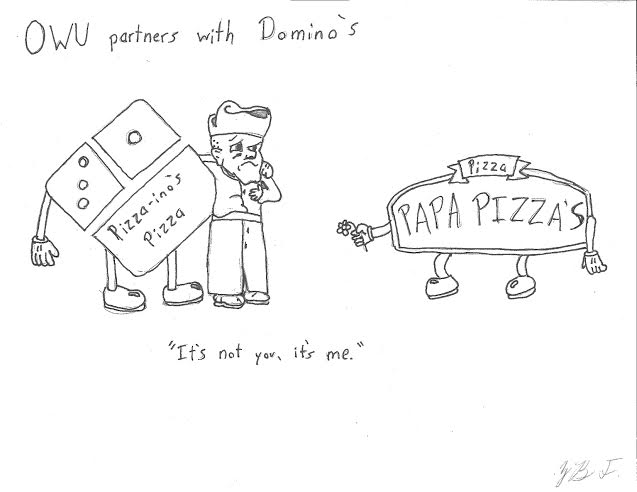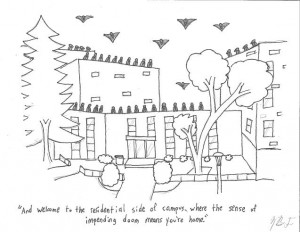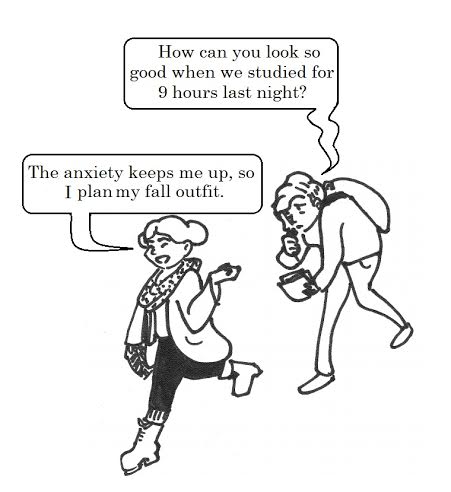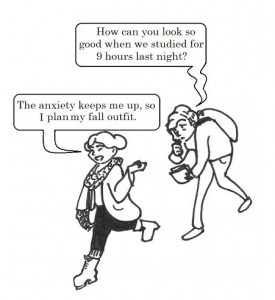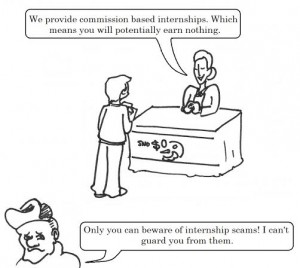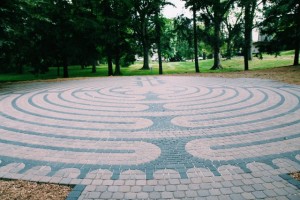By: The Transcript Editorial Staff
At their Nov. 16 meeting, members of the faculty voted not to allow student representatives, including a Transcript reporter, into the room. Following the online publication of a story covering that decision–the cover story of tomorrow’s issue–many students, alumni and faculty began engaging in discussion on social media sites and in comment section of the story on The Transcript’s website. Some accusations were made, some facts were disputed and many members of the OWU community expressed their discontent. And the faculty needs to talk about it.
Let’s get this out of the way first: why are faculty upset about student presence in their meetings? The faculty are not enemies of the first amendment, they are not conspiracists or villains. In fact, plain student attendance at faculty meetings is not the issue at hand. Faculty are upset because OWU business, their business, has appeared in the Delaware Gazette on more than one occasion.
Since the first gathering in September, the Delaware Gazette has been publishing all Transcript coverage of the monthly faculty meetings. You can also find these two stories on The Transcript’s website. You see, The Transcript has a sharing agreement with the Delaware Gazette; any story or photo we publish, they have the right to use. And vice versa. It’s important to note here that even if the Delaware Gazette did not have the right to use our exact stories, any information published online would be available to them. If they wanted to write a story about the meetings using our online or print coverage as a source, they could. That’s how the media works.
Some members of the faculty are concerned that allowing Transcript reporters to cover the meetings, and thereby allowing the Gazette to do the same, might compromise the privacy of the forum: faculty will not be willing to share their real thoughts or feelings for fear of being quoted in a newspaper, and perhaps more importantly, OWU’s private dealings will be made public.
Faculty with this mindset believe that there should be an official meeting space for internal discussion. And they believe that that meeting space should be at the faculty meetings.
At The Transcript, we believe students should be given the privilege of knowing what the faculty decide in their meetings. We are as invested in this school as they are, and information between the two groups needs to be shared. That’s why we have the Wesleyan Council on Student Affairs (WCSA) to represent our interests to the faculty and administration. But we have The Transcript to keep the powers-that-be honest. Journalists represent the student body as much as WCSA does. And to only allow WCSA into the meetings would be to trade one administration for another.
Here’s the problem: faculty need to decide whether student representatives (all student representatives) can be allowed into the faculty meetings. And if they allow The Transcript, their meetings will be public, period.

